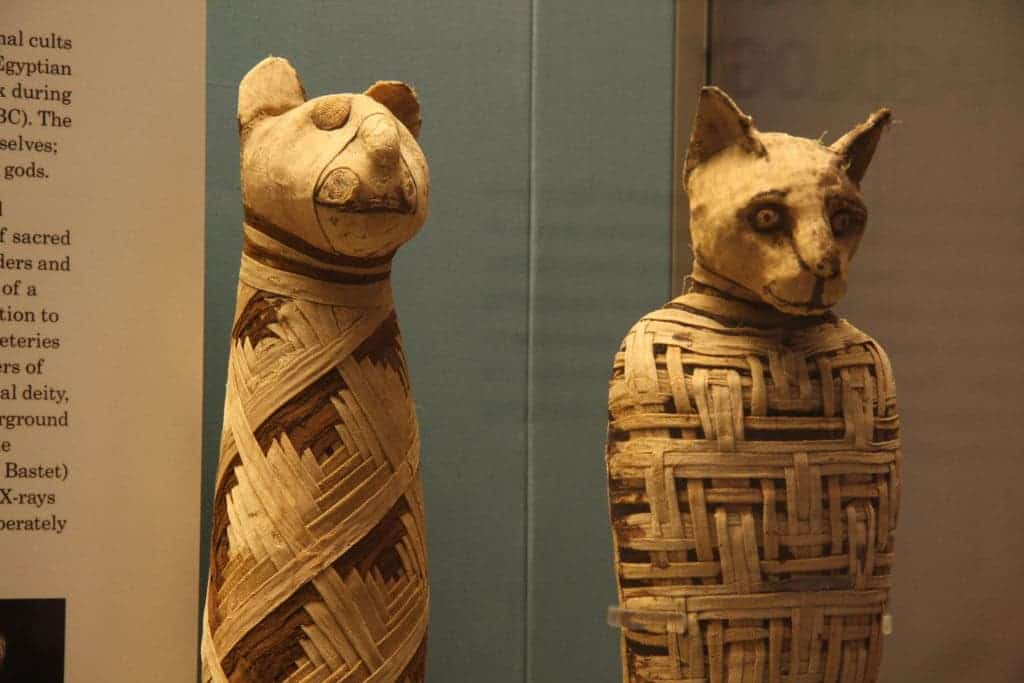Cats’ long journey to today’s internet adoration started some 9,000 years ago, an extensive study which analyzed ancient feline DNA suggests. Wildcats were first domesticated in the Near East, then again in Egypt. According to the researchers who conducted the study, humans brought cats everywhere they went, from Egypt’s fertile plains to Viking longboats.
Cats: conquerors of the ancient world
Previously, researchers had sequenced the DNA of a couple of mummified cats from ancient Egypt, where the animals used to be treated like royalty and millions of such mummies abound. Eva-Maria Geigl, an evolutionary geneticist at the Institut Jacques Monod in Paris and colleagues really took it a step further, though.
They analyzed mitochondrial DNA from the remains of 352 ancient cats from more than 30 archaeological sites across Europe, the Middle East, and Africa. The oldest cat was dated from 15,000 years ago while the youngest used in the study lived during the eighteenth century C.E. Mitochondrial DNA is inherited exclusively from the mother’s side which makes it an ideal marker for phylogenetic and population analysis. These probably didn’t look and behave too differently from today’s African sand cat.
“We don’t know the history of ancient cats. We do not know their origin, we don’t know how their dispersal occurred,” Geigl said.
But we’re starting to learn
Cat populations seem to have grown in two distinct waves. First, Middle Eastern wildcats expanded with early farming communities to the eastern Mediterranean some 9,000 years ago. Presumably, newly founded grain stockpiles became infested with rodents and cats helped purge the pests earning their keep alongside humans.
It’s not clear when cats became domesticated but the Egyptians might have had the first some 6,000 years ago. From Egypt, the felines rapidly expanded across the rest of Africa and Eurasia. Cats spread to Europe as early as 4,400 B.C.E. For instance, a mitochondrial line common in Egyptian cats from the fourth century B.C.E. was found in cat DNA collected from samples in Bulgaria, Turkey, and sub-Saharan Africa from around the same time. This was the second major wave of feline expansion. Cats even made their way along with sea-faring people, as evidenced by DNA found on a Viking site dating to between the eighth- and eleventh-century A.D. in northern Germany.
“There are so many interesting observations” in the study, says Pontus Skoglund, a population geneticist at Harvard Medical School in Boston, Massachusetts. “I didn’t even know there were Viking cats.”
Also according to the study, cats have changed very little in appearance since they were domesticated (though some claim house cats aren’t really tamed, just semi-domesticated). Physically, wildcats and house cats, are of about size and shape, though their behavior differs.
As another interesting finding, after the researchers sequenced nuclear DNA — valuable for tracing ancestry, not just population dispersion — they found the mutation responsible for the familiar tabby cats on the Taqpep gene didn’t appear until Medieval ages.
The findings appeared in the journal Nature Ecology & Evolution.










